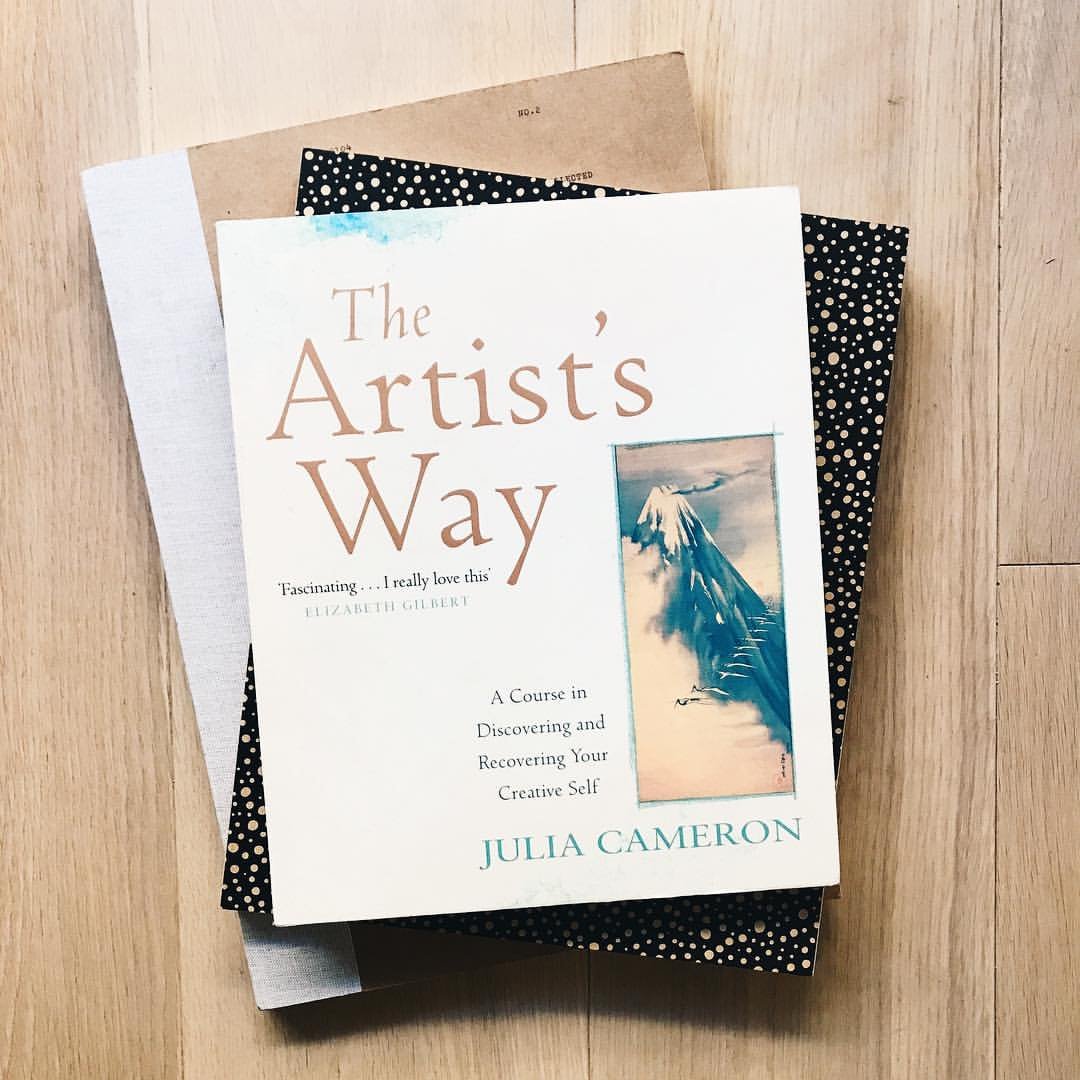28 Ways to Get Inspired
After spending my life surrounded by highly creative people, I’ve realised creativity is a mindset, not just a process of exploring and making.
Could it be possible that creative people’s brains really do work differently? Writing by Scott Barry Kaufman and Carolyn Gregoire recently introduced me to compelling research conducted in the 1960s by psychologist and creativity researcher Frank X. Barron.
Barron gathered a number of highly creative people in an abandoned fraternity house on the campus of the University of California Berkeley. The group included the writer Truman Capote and the imagist poet William Carlos Williams (who happens to be one of my favourite poets). Other creative people joined them, including architects, scientists, and mathematicians.
Through days of behavioural observation, Barron found this group of highly creative people exhibited a shared group of traits. These included:
openness to one’s inner life
preference for complexity and ambiguity
independence
unusually high tolerance for disorder and disarray
ability to extract order from chaos
unconventionality
willingness to take risks
After spending my life surrounded by highly-creative people, I’ve realised creativity is a mindset, not just a process of exploring and making.
The yin and yang of creativity
Notably, Barron found that people exhibited certain traits that seem in opposition. For example, in the case of disorder and disarray, the highly creative people were able to tolerate it, yet they were also able to make order from it. The participants exhibited an openness to ones’ inner life, coupled with a willingness to take risks, suggesting openness to the outer life as well.
These observations and my own personal experience, have shown me that inventive people are often comfortable embracing creative dualities.
Can creativity be developed?
Research suggests that our personalities may drastically change over our lifetime. If you’re looking for ways to nurture a creative mindset, it may be possible to begin practising the habits and behaviours of highly creative people with the intention of developing a more flexible and creative approach to life.
I’d say it’s worth a try.
28 ways to get inspired
Here are a few practical suggestions for how to begin nurturing the behaviours of highly creative people, grouped within the framework established by Frank X. Barron.
Openness to one’s inner life
If you watch The OA, you might call this your ‘invisible self’.
Keep a journal: Not the kind that helps you get things done, but the kind that lets your inner mind spill out. Keep your old journals, as it can be surprising to see how our inner selves grow over the years.
Meditate: Begin with 5-minute sessions, and work up to 20 minutes. Headspace is a great app to help you get started.
Go for a walk: Walking can help us think.
Preference for complexity and ambiguity
Watch a film with a twisting plot or ambiguous ending: Check out this Quora post for suggestions.
Listen to a piece of complex or unusual music: Check out the 7 most insane pieces of classical music ever written, including the Symphony of the Birds and the Helicopter Quartet.
View modern art: If you’re in London, try the permanent collection at the Tate Modern. Entrance is free.
Independence
Practice being fearless of others: It’s rule number one of Laurie Anderson and Lou Reed’s rules for life, followed by developing a bullshit detector and being tender.
Take a solo holiday: Go for a month or an afternoon, just go alone and feel good about it. For inspiration, check out #solotravel on Instagram.
Respectfully speak up when you disagree: Don’t be afraid to be the odd one out in a conversation, especially when your values are being challenged.
Unusually high tolerance for disorder and disarray
Visit a street market: Many markets have a logic, and some are especially well-ordered. Don’t go to those. Find the messiest, most informal market in your area, and wander around there for a while.
Wander around an abandoned building site: Be careful and wear good shoes. Maybe bring a friend or two. Once you have the crew together, go for a wander. In the meantime, check out the Urban Exploration group on Flickr.
Go to a festival: Like markets, most events have an underlying logic and plan. But even a well-structured festival will provide moments of inspired improvisation. Camp out, or let yourself wander without an agenda.
Ability to extract order from chaos
Complete a card sorting exercise: Help an information architect by completing a card sorting session to help structure the content within websites and applications.
Organise your junk drawer: Don’t tell me you don’t have one. Check out Things Organised Neatly for visual inspiration.
Volunteer at a charity shop or food shelter: Help organise incoming donations of clothing, books, and canned goods.
Unconventionality
Practice an old method: Be unusual by abandoning popular technology for a historical method. Write a haiku (c. 1640), make a pin-hole camera (c. 500 BCE), or create a silkscreen print (c. 960 AD).
Pick up an unusual hobby: Shape pottery, rebuild classic cars, make your own soap, or do the thing you’ve always wanted to try.
Take a different route to work: Leave the house a few minutes early for this one. Take a chance to break your routine and notice new things in your environment.
Willingness to take risks
Meet a stranger for coffee: Ask someone you’ve recently met to join you for a coffee.
Eat a new food: Depending on where in the world you’re located, you may be able to try one of these ‘weird foods’.
Find that one thing you’ve always wanted to do, and do it: I don’t suggest risky behaviour for the sake of it, but I recommend you give yourself the freedom to live up to your true potential. This seems like an especially personal one, so I’ll leave it to you to figure out.



